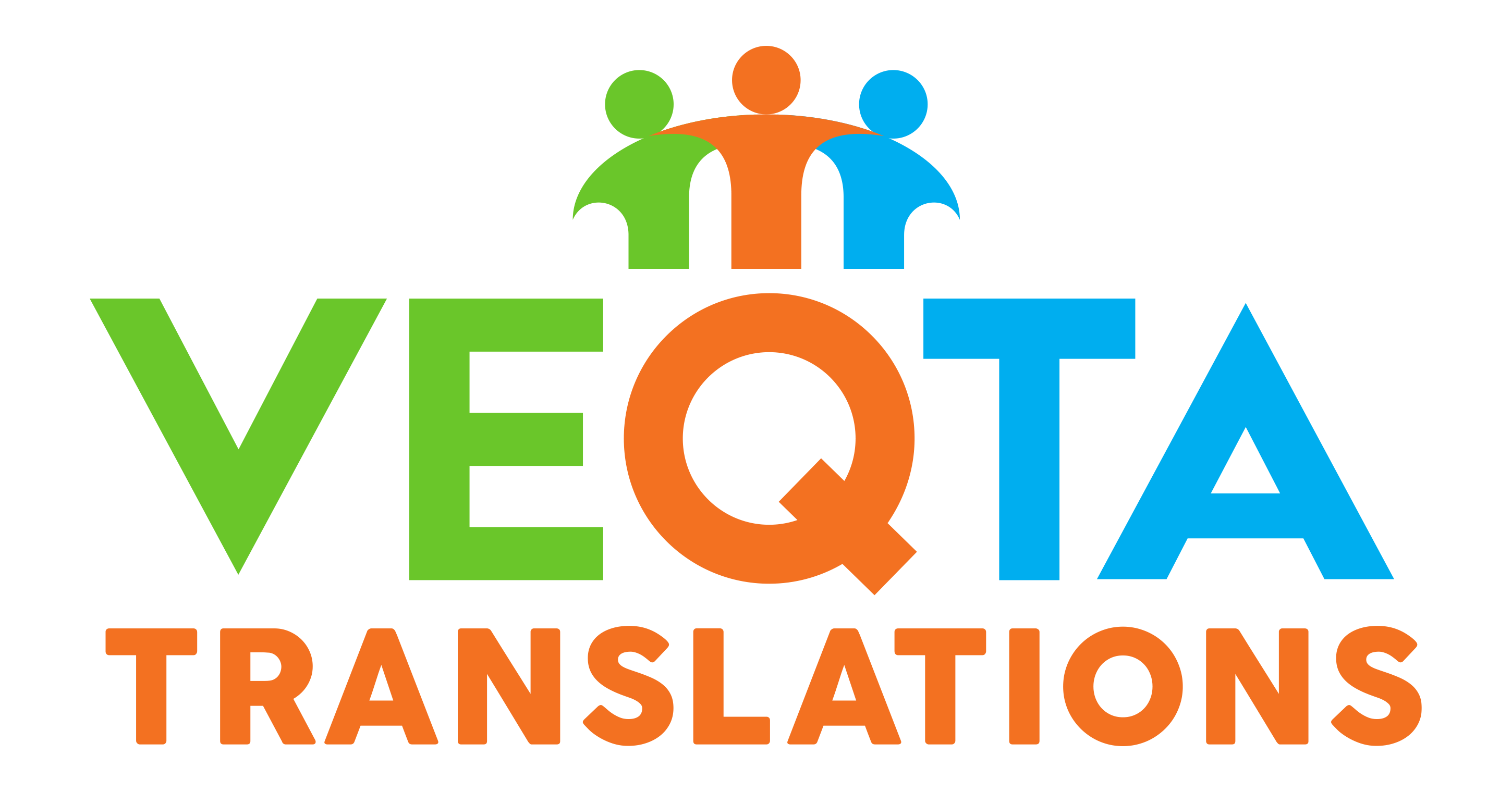AI vs. Human Translators: Who Understands Your Message Best?
In a globalized world, accurate translation is critical for businesses, legal documents, medical reports, and everyday communication. Artificial intelligence (AI) has transformed translation, but the key question remains: who really understands your message better—AI or human translation experts?
Understanding the Role of AI in Translation
AI translation tools like Google Translate, DeepL, and Microsoft Translator rely on neural networks, deep learning, and massive language datasets to translate text.
Strengths of AI Translators
- Speed: AI delivers instant results.
- Accessibility: Available anytime, anywhere.
- Cost: Many tools are free or low-cost.
- Scalability: Handles large volumes quickly.
Limitations of AI Translators
- Context gaps: Misinterprets idioms, tone, or intent.
- Literal output: Word-for-word results that lose nuance.
- Cultural blind spots: Limited grasp of regional differences.
- Specialized errors: Technical and legal terms often mistranslated without domain expertise.
Understanding the Role of Translation Experts
Human translators bring more than language skills—they apply cultural context, domain expertise, and emotional intelligence.
Strengths of Human Translators
- Contextual accuracy: Correctly render idioms, tone, and intent.
- Cultural nuance: Adapt messages for regional appropriateness.
- Creative adaptation: Localize content rather than simply translate it.
- Specialized knowledge: Legal, medical, or marketing content handled with expertise.
Limitations of Human Translators
- Slower turnaround: Large projects take time.
- Higher costs: Premium skills come at a price.
- Availability: Top-tier experts can be in high demand.
Key Comparison: Accuracy
AI performs well with common phrases and straightforward text. For nuanced, metaphorical, or emotion-laden content, human translators retain a clear edge.
Example:
- AI: “He kicked the bucket” → “Il a donné un coup de pied au seau” (literal French)
- Human: “Il est mort” (understood as “he died” in French)
Key Comparison: Context and Tone
AI lacks emotional and situational understanding. Professional translators adapt tone to the audience—formal vs. informal, humorous vs. serious—so your message lands as intended.
Key Comparison: Cultural Sensitivity
Localization is essential for global markets. AI often misses cultural subtleties that humans catch.
Example: Marketing slogans rely on wordplay or humor that AI may mangle; human translators craft culturally appropriate versions.
Key Comparison: Speed and Scalability
For rapid communication—real-time chats or large volumes of simple content—AI excels.
Use case: An e-commerce company uses AI to translate thousands of product descriptions, then assigns human translators to refine top listings for brand alignment.
Key Comparison: Industry Applications
| Industry | AI Advantage | Human Translator Advantage |
|---|---|---|
| E-commerce | High-volume product descriptions | Localization for flagship products |
| Legal | Document scanning and triage | Accurate, lawful terminology |
| Healthcare | Basic patient instructions | Clinical and diagnostic precision |
| Marketing | Multilingual campaign drafts | Culturally aligned messaging |
| Travel & Tourism | Common phrases and guides | Emotional appeal and storytelling |
The Ideal Approach: Human-AI Collaboration
The future isn’t AI vs. translation experts but AI and translation experts together. AI handles the bulk; humans ensure quality and clarity.
Augmented Translation Workflow
- AI pre-translation: Draft quick translations.
- Human post-editing: Experts refine and contextualize content.
- QA & localization: Final review for accuracy and market fit.
This hybrid approach saves time and cost while maintaining high quality.
Conclusion: Choosing the Right Translation Partner
Both AI and human translators offer unique strengths. For quick, low-stakes tasks, AI is valuable. When precision, tone, and cultural relevance matter, nothing beats a human touch.
If accuracy and resonance matter to your brand, invest in a professional translator or use a hybrid model—AI for scale, humans for quality.
Translation is more than language—it’s about meaning. Understanding meaning is still a deeply human skill.
FAQs
Can AI replace human translators?
Not entirely. AI assists with speed and scale but lacks the nuance, cultural understanding, and context that human translators provide.
When should I hire a human translator?
For legal, medical, marketing, or emotionally sensitive content, use professionals to ensure accuracy and impact.
Is AI translation secure for confidential content?
Use caution. Many AI tools store or process data externally. Human translators working under NDAs typically offer stronger privacy protections.


